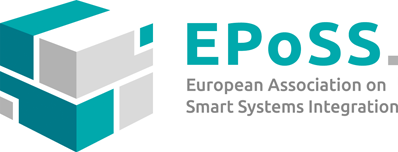The scientific community and other interested groups and individuals are being asked to help redefine the research landscape in Europe. The European Commission has launched a public consultation to find out how the European research environment can be radically improved. The goal is to achieve the European Research Area (ERA) by 2014, creating a genuine single market for knowledge, research and innovation. This will enable researchers, research institutions and businesses to circulate, compete, and co-operate across borders, increasing growth potential.
European Commissioner for Research and Innovation Máire
Geoghegan-Quinn said: "The need to boost Europe's economy means that we
have to get the very best out of our research. It is unacceptable that
it is often more attractive and easier for our top scientists to cross
the Atlantic than to move across the EU. We want the research community
to tell us what they need, so we can work together to tear down
barriers to growth and jobs."
The consultation runs until 30 November 2011. Some of the questions the
European Commission wants to tackle are:
- are researchers looking for new opportunities, but finding themselves locked behind national borders?
- are scientists in need of new research infrastructures to perform and test ideas?
- does the research community need more opportunities to share views, realise new projects and create new products and services?
The Commission will draw on input received on these and many other
questions to finalise its proposal for an enhanced ERA Framework, to be
published before the end of 2012. The Framework will optimise the
coordination of research funding across Member State borders, improving
the efficiency and the impact of European research.
The European Commission has identified the ERA as a prerequisite for a
new era of innovation and competitiveness in Europe, with the best
brains working together so the European Union becomes an "Innovation
Union". In February the European Council backed by calling on the
European Union to quickly remove remaining obstacles to attracting
talent and investment, and achieve a unified European Research Area by
2014.
All those interested in European research and innovation can
participate in the consultation at:
http://ec.europa.eu/research/consultations/era/consultation_en.htm
Background
Proposed in January 2000 by the European Commission in its
communication "Towards a European Research Area" (COM(2000)6), and
launched at the Lisbon European Council in March 2000, the creation of
a European Research Area (ERA) was given new impetus in 2007 with the
European Commission's Green Paper on ERA (COM(2007)161).
The Treaty of Lisbon introduces a legal basis for the creation of a
European Research Area. Such an area is intended to permit, in
particular, the free movement of researchers, scientific knowledge and
technologies. To this end, the EU encourages the removal of fiscal and
legal obstacles to cooperation in the field of research.
The European Commission will propose the European Research Area
Framework in 2012 in line with the commitment made in its Communication
on creating an Innovation Union (COM(2010) 546).
In 2008, the Council started the Ljubljana Process to improve the
political governance of ERA and adopted a shared ERA 2020 vision.
Concrete progress is being made through a series of partnership
initiatives proposed by the Commission in 2008 to increase cooperation
in five areas: the careers of researchers (working conditions and
mobility) ; the joint design and operation of research programmes; the
creation of world-class European research infrastructures; the transfer
of knowledge and cooperation between public research and industry; and
international cooperation in science and technology.
More information in
MEMO/11/597
See also ERA Framework public consultation:
http://ec.europa.eu/research/consultations/era/consultation_en.htm
ERA portal: http://ec.europa.eu/research/era/index_en.htm
Share on
